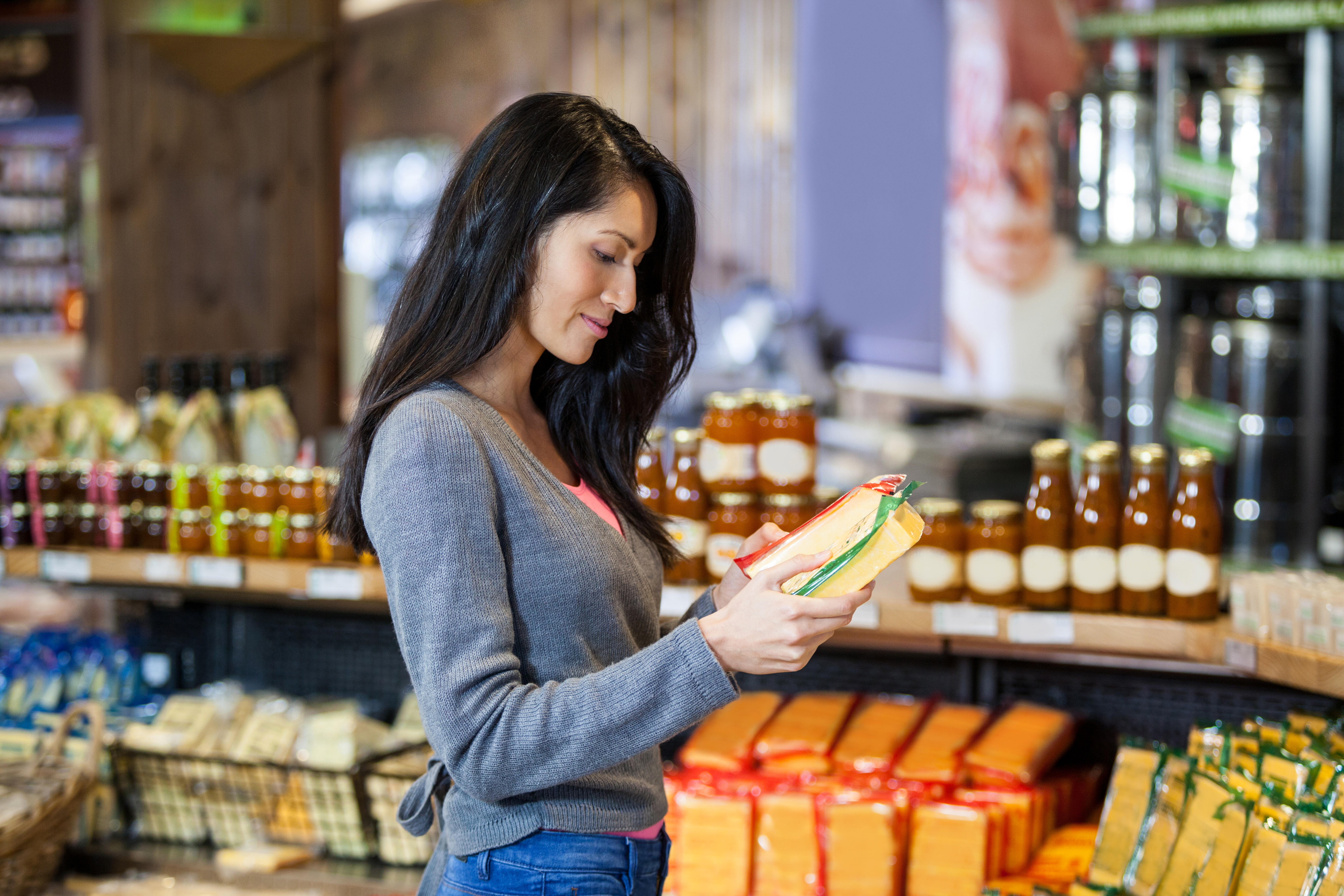 Savvy food shopping starts before you even hit the store. Listen to this - according to Love Food hate Waste, each month, the average family throws away almost £60 worth of food that was bought but not eaten - that’s more than £700 a year!
Savvy food shopping starts before you even hit the store. Listen to this - according to Love Food hate Waste, each month, the average family throws away almost £60 worth of food that was bought but not eaten - that’s more than £700 a year!
Think what you could do with that extra cash! It’s a great starting point to set a savings goal for a holiday, car, savings buffer – whatever floats your boat.
Big tip
If you’ve only nipped out for a couple of bits, pick up a shopping basket. That way, you are more likely to head to the till if it’s getting heavy, rather than filling a trolley with unexpected extras.What should you do with your extra money? Now that you’ve saved a few quid, we’ve a few ideas that will get you saving. Try them out here.
How long it’ll take: 30 mins
What you’ll save:
Equipment needed:
- Pen and Paper
- Recipie ideas – From cook books, magazines or online
1. Rifle through your freezer, fridge and kitchen cupboards
First, check the food in your cupboards, fridge and freezer so you can avoid buying food you already have. What needs using up? What meals can you make with the contents of your kitchen? Sit down and jot some meal ideas on a notepad, and make a list of any missing ingredients.
2. Don’t panic - meal planning doesn’t have to be a proper faff
Now you know what food you have in the kitchen, time to think about the week ahead. Check you’ve got a few options for breakfast, drinks, snacks and packed lunches. Jot down ideas for five or six main meals and expect to make up an extra meal from whatever you have left. Job done.
3. Write a shopping list
You may feel like you’re turning into your mother, but she was right! Writing a shopping list will save you time, money and wasted food. Scribble on the back of an envelope, type onto your phone or write it down on a magnetic pad on the fridge - send a smoke signal if it works for you (actually… don’t).
Go online before you go shopping. Compare prices at the big stores from the comfort of your own home, by putting your shopping list into mySupermarket.
The website will tell you where you can ‘Swap & Save’, for cheaper items at the same shop, or ‘Switch & Save’, by moving your shopping basket to a different store.
Whether you put in your whole list or just the most expensive items, you might be surprised at which supermarket is cheapest. Then you can buy online, or nip to the shop when you’re ready.
Buy what you need, not what’s run out. Keep a running list of what needs replacing, so you don’t forget any essentials. Then focus your shopping on food to make the meals you have in mind, rather than automatically restocking everything that’s run out.
Research some new recipes. Add new recipes to your repertoire so you can use up food from the back of the freezer, or try out budget meals. Flick through cookbooks, magazines and food blogs, or get inspired by Googling ‘recipe’ and the name of the ingredient. Then put any extra items you need on your shopping list.
Make space for shopping. If your cupboards, fridge and freezer are already rammed, stop before you shop. Make space by using up the food you already have, rather than risk throwing things out to make room for new shopping.
Take some photos. Take a photo inside your fridge and food cupboards before heading to the supermarket. Then if you forget what food you’ve already got, you can check your phone.
This article is provided by the Money Advice Service.
